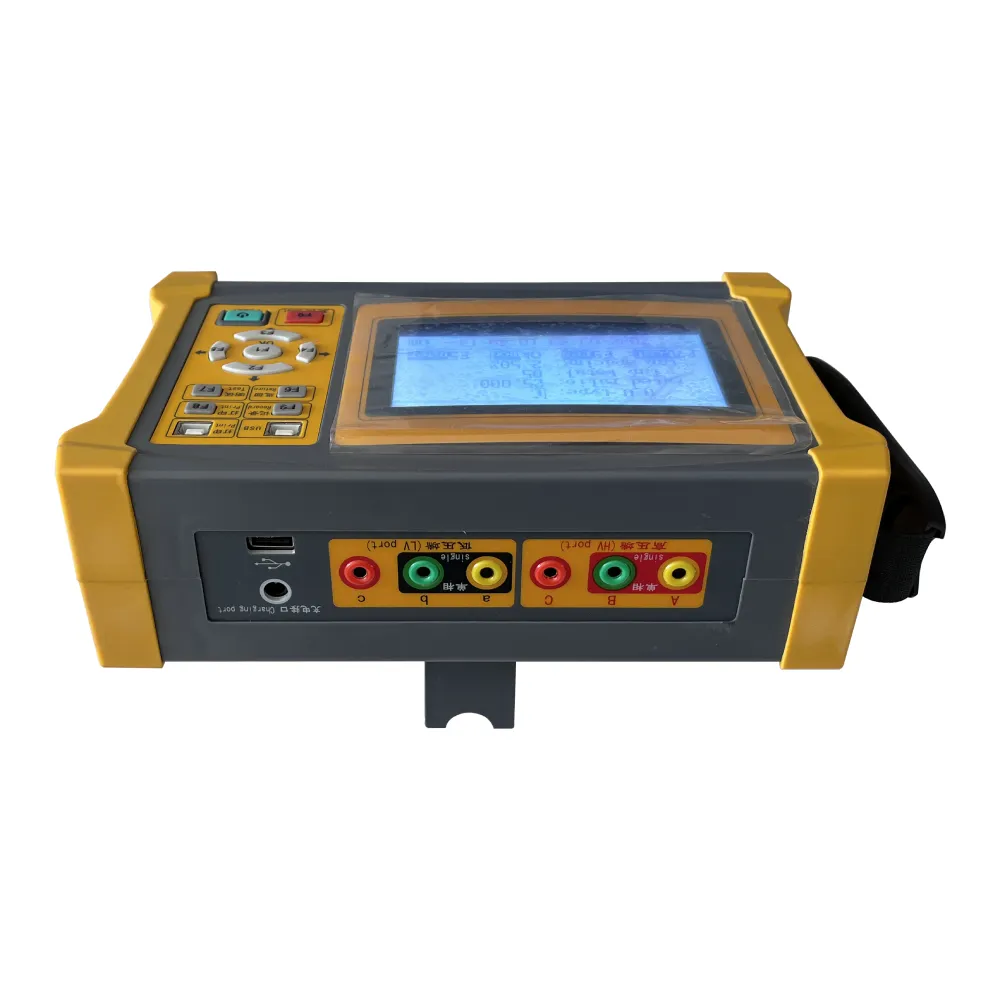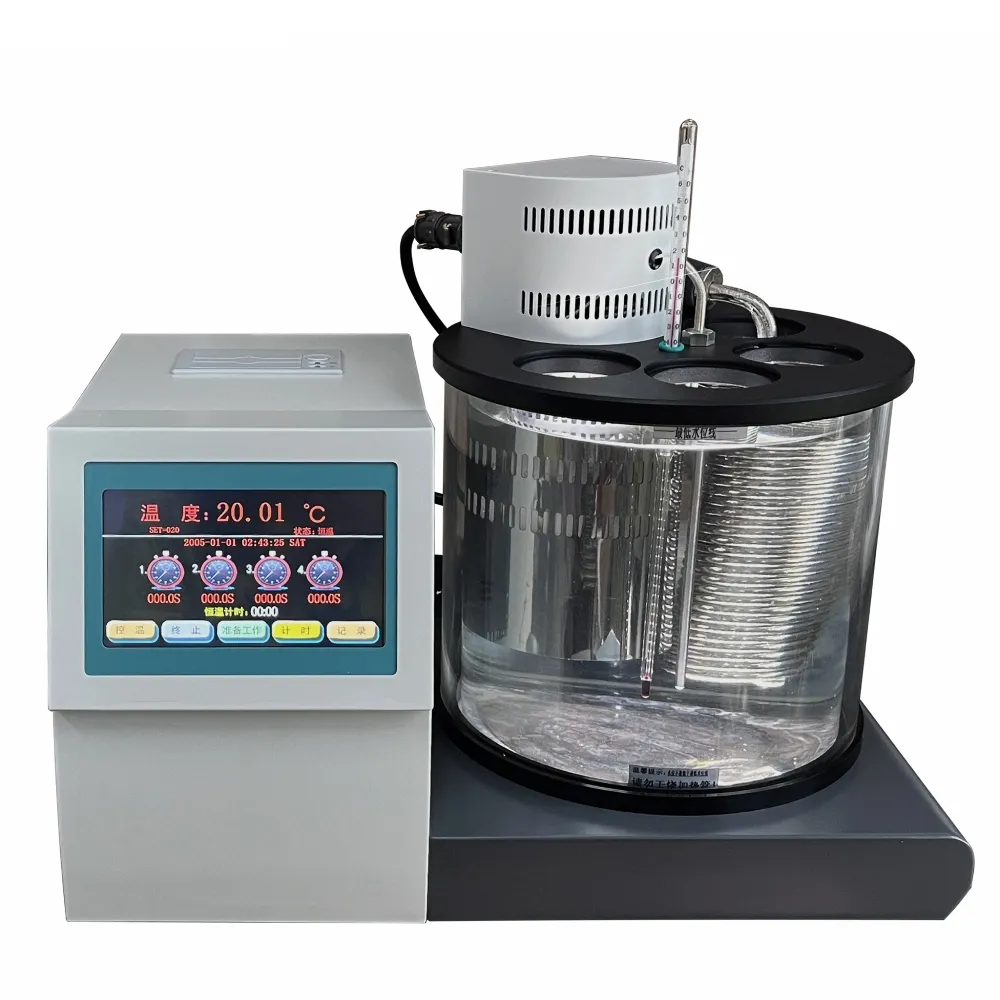TEL:
+86-0312-3189593
 English
English

Telephone:0312-3189593

Email:sales@oil-tester.com

-
 Afrikaans
Afrikaans -
 Albanian
Albanian -
 Amharic
Amharic -
 Arabic
Arabic -
 Armenian
Armenian -
 Azerbaijani
Azerbaijani -
 Basque
Basque -
 Belarusian
Belarusian -
 Bengali
Bengali -
 Bosnian
Bosnian -
 Bulgarian
Bulgarian -
 Catalan
Catalan -
 Cebuano
Cebuano -
 China
China -
 China (Taiwan)
China (Taiwan) -
 Corsican
Corsican -
 Croatian
Croatian -
 Czech
Czech -
 Danish
Danish -
 Dutch
Dutch -
 English
English -
 Esperanto
Esperanto -
 Estonian
Estonian -
 Finnish
Finnish -
 French
French -
 Frisian
Frisian -
 Galician
Galician -
 Georgian
Georgian -
 German
German -
 Greek
Greek -
 Gujarati
Gujarati -
 Haitian Creole
Haitian Creole -
 hausa
hausa -
 hawaiian
hawaiian -
 Hebrew
Hebrew -
 Hindi
Hindi -
 Miao
Miao -
 Hungarian
Hungarian -
 Icelandic
Icelandic -
 igbo
igbo -
 Indonesian
Indonesian -
 irish
irish -
 Italian
Italian -
 Japanese
Japanese -
 Javanese
Javanese -
 Kannada
Kannada -
 kazakh
kazakh -
 Khmer
Khmer -
 Rwandese
Rwandese -
 Korean
Korean -
 Kurdish
Kurdish -
 Kyrgyz
Kyrgyz -
 Lao
Lao -
 Latin
Latin -
 Latvian
Latvian -
 Lithuanian
Lithuanian -
 Luxembourgish
Luxembourgish -
 Macedonian
Macedonian -
 Malgashi
Malgashi -
 Malay
Malay -
 Malayalam
Malayalam -
 Maltese
Maltese -
 Maori
Maori -
 Marathi
Marathi -
 Mongolian
Mongolian -
 Myanmar
Myanmar -
 Nepali
Nepali -
 Norwegian
Norwegian -
 Norwegian
Norwegian -
 Occitan
Occitan -
 Pashto
Pashto -
 Persian
Persian -
 Polish
Polish -
 Portuguese
Portuguese -
 Punjabi
Punjabi -
 Romanian
Romanian -
 Russian
Russian -
 Samoan
Samoan -
 Scottish Gaelic
Scottish Gaelic -
 Serbian
Serbian -
 Sesotho
Sesotho -
 Shona
Shona -
 Sindhi
Sindhi -
 Sinhala
Sinhala -
 Slovak
Slovak -
 Slovenian
Slovenian -
 Somali
Somali -
 Spanish
Spanish -
 Sundanese
Sundanese -
 Swahili
Swahili -
 Swedish
Swedish -
 Tagalog
Tagalog -
 Tajik
Tajik -
 Tamil
Tamil -
 Tatar
Tatar -
 Telugu
Telugu -
 Thai
Thai -
 Turkish
Turkish -
 Turkmen
Turkmen -
 Ukrainian
Ukrainian -
 Urdu
Urdu -
 Uighur
Uighur -
 Uzbek
Uzbek -
 Vietnamese
Vietnamese -
 Welsh
Welsh -
 Bantu
Bantu -
 Yiddish
Yiddish -
 Yoruba
Yoruba -
 Zulu
Zulu
Gearr . 15, 2025 15:43
Back to list
PS-BB101A Three-Phase Transformation Turn Ratio Tester
In the dynamic world of artificial intelligence and machine learning, transformer models have revolutionized the ways we understand and process language. Transforming language data into meaningful insights, these models are pivotal in the evolution of natural language processing (NLP). Among the numerous methodologies employed to test and refine these models, the TTR (Type-Token Ratio) test stands out as a significant indicator of linguistic complexity and versatility, especially when harnessed on transformer architectures. This article delves into the intricacies of applying the TTR test on transformer models and its profound implications for product development.
Expertise is reflected in the intricate design of transformers to evaluate TTR, showcasing a deep understanding of both linguistic properties and machine learning techniques. These models, backed by TTR analysis, demonstrate technical proficiency in dynamically adjusting to varied and complex language inputs, which is essential for maintaining product competitiveness. Authoritativeness is established through consistent performance of transformer models in TTR evaluations, underscoring their reliability in producing linguistically varied and contextually sound communications. This aspect is crucial for users who depend on products that interpret and respond to language accurately. Finally, trustworthiness is bolstered when TTR-enhanced transformer models deliver consistent, high-quality interactions. Trust is a cornerstone for users relying on AI-driven products, particularly in sectors where language precision and variability are paramount, like customer service automation or academic research tools. In conclusion, testing transformer models with the TTR metric is not merely a theoretical exercise but a critical strategic tool that influences product quality and user satisfaction. For companies and developers, focusing on TTR in the context of transformers represents an opportunity to refine product capabilities, ensuring they resonate more effectively with diverse user bases. This approach positions products as leaders in their field, supported by sound linguistic analysis and robust machine learning methodologies. Therefore, embracing TTR tests in the development pipeline is not only wise but essential for technological innovation and consumer trust in AI-driven products.


Expertise is reflected in the intricate design of transformers to evaluate TTR, showcasing a deep understanding of both linguistic properties and machine learning techniques. These models, backed by TTR analysis, demonstrate technical proficiency in dynamically adjusting to varied and complex language inputs, which is essential for maintaining product competitiveness. Authoritativeness is established through consistent performance of transformer models in TTR evaluations, underscoring their reliability in producing linguistically varied and contextually sound communications. This aspect is crucial for users who depend on products that interpret and respond to language accurately. Finally, trustworthiness is bolstered when TTR-enhanced transformer models deliver consistent, high-quality interactions. Trust is a cornerstone for users relying on AI-driven products, particularly in sectors where language precision and variability are paramount, like customer service automation or academic research tools. In conclusion, testing transformer models with the TTR metric is not merely a theoretical exercise but a critical strategic tool that influences product quality and user satisfaction. For companies and developers, focusing on TTR in the context of transformers represents an opportunity to refine product capabilities, ensuring they resonate more effectively with diverse user bases. This approach positions products as leaders in their field, supported by sound linguistic analysis and robust machine learning methodologies. Therefore, embracing TTR tests in the development pipeline is not only wise but essential for technological innovation and consumer trust in AI-driven products.
Latest news
-
Testing Equipment Industry Sees Major Advancements in 2025: Smart & Precision Technologies Lead the WayNewsJun.06,2025
-
Applications of Direct Current Generators in Renewable Energy SystemsNewsJun.05,2025
-
Hipot Tester Calibration and Accuracy GuidelinesNewsJun.05,2025
-
Digital Circuit Breaker Analyzer Features and BenefitsNewsJun.05,2025
-
Benefits of Real-Time Power Quality Monitoring Devices for Industrial EfficiencyNewsJun.05,2025
-
Earth Fault Loop Testing in High-Rise Building Electrical SystemsNewsJun.05,2025



